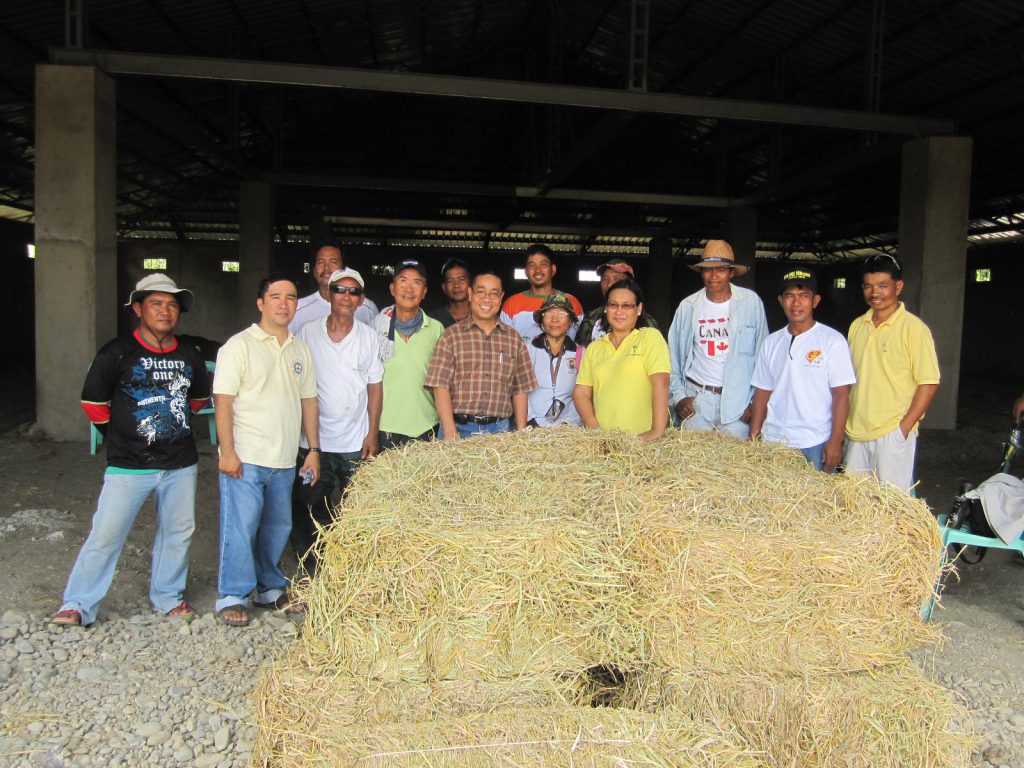The use of rice straws as fodder for feeding carabaos is a better way to dispose these rice farm by-products compared to open-field burning.
This was stressed by Dr. Daniel Aquino, animal nutrition expert and Center Director of the Philippine Carabao Center at Central Luzon State University (PCC@CLSU) in the heels of widespread farmer’s practice of disposing this waste by burning it.
The Solid Waste Management Act (RA 9003) and thePhilippine Clean Air Act of 1999 prohibit open-field burning of rice straws. But a cursory look at the rice field right after the palay harvest indicate that they are largely unheeded.
“Rice straws, when they are burned, emit 0.7 to 4 kg methane per ton contributing to global warming,” Aquino explained.
Many carabao farmers in Nueva Ecija, and in many other provinces in the Philippines, have already been using rice straws as carabao feed, but for other farmers who have not tried it yet, Dr. Aquino encourages them to do the same.
He explained that rice straws are readily available everywhere in the country during rice harvest seasons, hence, it is a practical and cheap source of fodder for the carabaos.
“Although rice straws have low protein content (4-4.5 %), it can be sprayed or treated with molasses and urea to increase its nutritive value and feeding quality. The urea-treated rice straws’ protein content ranges from seven to nine percent. When fed to dairy buffaloes, the feed intake is increased by 12%, milk production is improved by 18% and it increases the farmer’s profitability by 33% ,” he explained.
Rice straw baling
Aside from being a cheap feedsource, Dr. Aquino added that rice straw baling serves as an additional source of income for the farmers.
The use of baling machine can compress the hay, rice straw, and other raked crops into tightly-packed, easily transportable in rectangular or cylindrical bales that can be sold to livestock farmers or mushroom growers.
A rice farmer from Carranglan, Nueva Ecija, Victor Pagarigan, proves the economic benefit to him of baling rice straws. He supplies PCC with baled rice straws during rice harvest seasons.
“I get rice straws in several rice farms in Bunga, Carranglan because rice straw from my own farm is not enough to supply the needs of PCC,” Pagarigan, who is also into rice farming, explained.
Using a semi-mechanized baling machine lent to him by the PCC@CLSU, he gets the rice straws from the other farms.
“On the average, I bale 5,000 cubes of rice straws every after harvest from the nearby rice farms in Carranglan, Nueva Ecija,” Pagarigan said. “Each cube. weighing 10 to 15 kilogram, is sold at P10, or an income of Php50, 000,” he added.
He attested that rice straw baling is a way for him to augment his income from rice farming to support his family.

